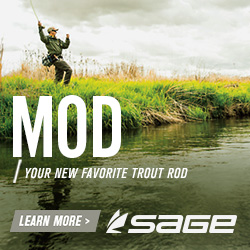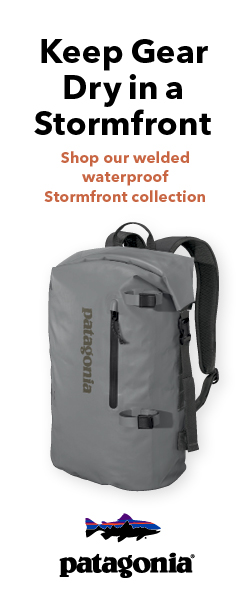Decommissioning abandoned roads to protect fish
 Monday, March 16, 2015 at 12:00AM
Monday, March 16, 2015 at 12:00AM In the winter of 1996, a series storm and flood events blew out old roads in the mountainous region of the Clearwater National Forest. The failure of those abandoned logging roads resulted in large amounts of fine sediment fouling critical salmon and steelhead stream habitat.
The abandoned roads that crisscrossed the landscape were thought to be stable since they were overgrown with vegetation. Not only were they not stable, but outside of large storm events, they had a negative impact on fish by significantly changing the hydrology of the landscape and allowing sediment into streams.
After identifying the problem as one of the key limiting factors for increasing abundance of salmon and steelhead in the area, the Nez Perce Tribe teamed with the U.S. Forest Service and BPA to address the issue in multiple central Idaho watersheds.









